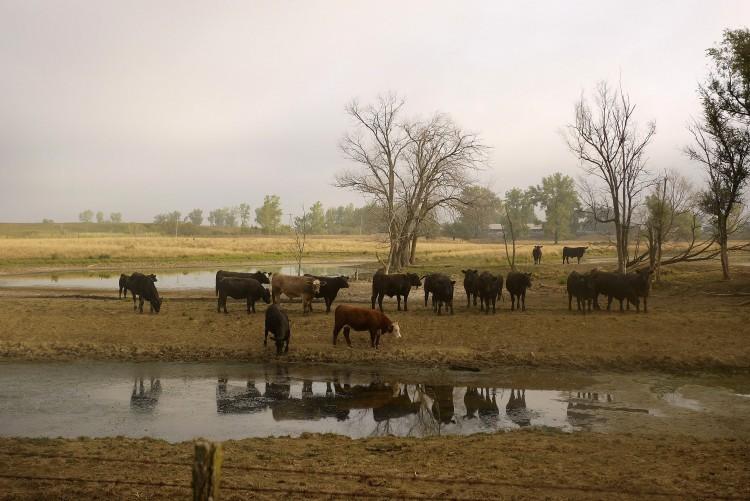WASHINGTON—The Obama administration announced Monday a plan to purchase meat worth millions to help boost the drought-ridden agricultural sector as forecasters predict continuing dry weather into the fall.
Speaking at Council Bluffs on a three-day tour through Iowa, Obama said that the federal government would purchase over $150 million worth of meat and fish to help farmers and ranchers “going through tough times” as a result of the drought.
“America depends on farmers and ranchers to put food on the table; depends on farmers and ranchers to feed our families. So we’ve got to be there for them—not just today, but tomorrow, and every day until this drought passes,” he said.
The drought, estimated to be among the worst in the nation’s history, stretches across the United States from Ohio westward to California. It is the Midwest Corn Belt regions like Iowa, however, that have been hit the hardest by record summer temperatures and little rain, threatening food and fuel prices.
The U.S. Drought Monitor reported last week that drought conditions were intensifying in the region.
David Miskus from the Climate Prediction Center said that it is too late for corn, already damaged by searing heat, but that there is still hope for some soya bean crops. It is not, however, looking good in terms of precipitation for the Midwest region over the coming months.
An El Niño effect is starting to appear, which will bring cooler temperatures and perhaps rain to the south, but there are “no odds either way for the Midwest,” Miskus said to The Epoch Times, looking at statistical data.






